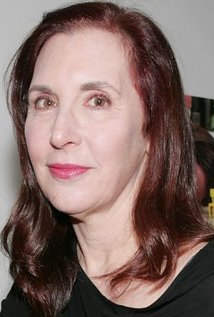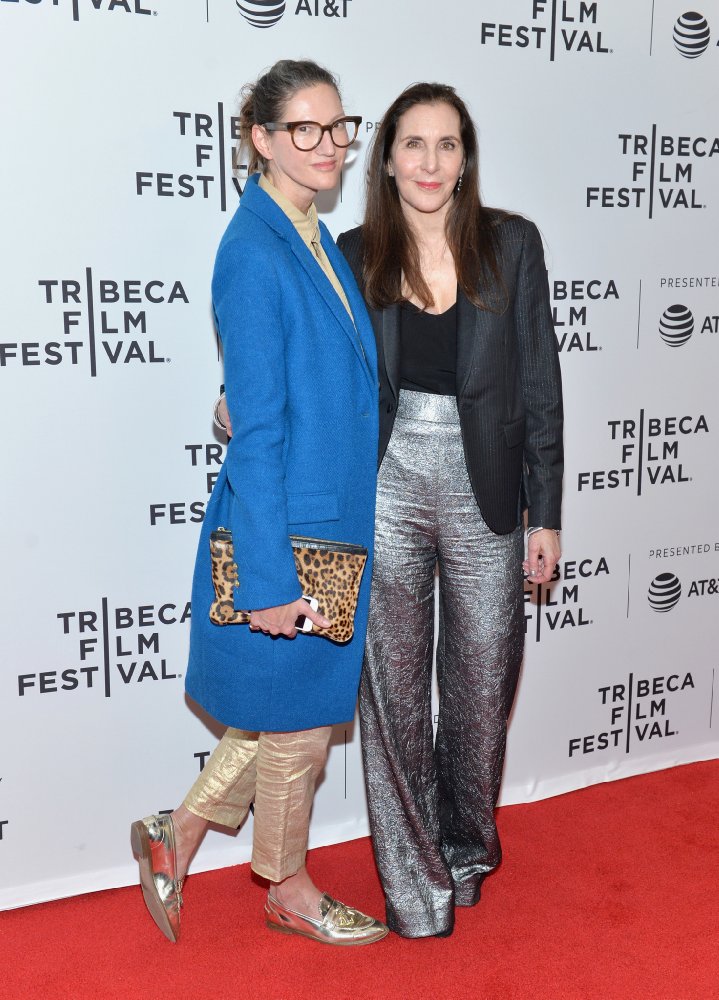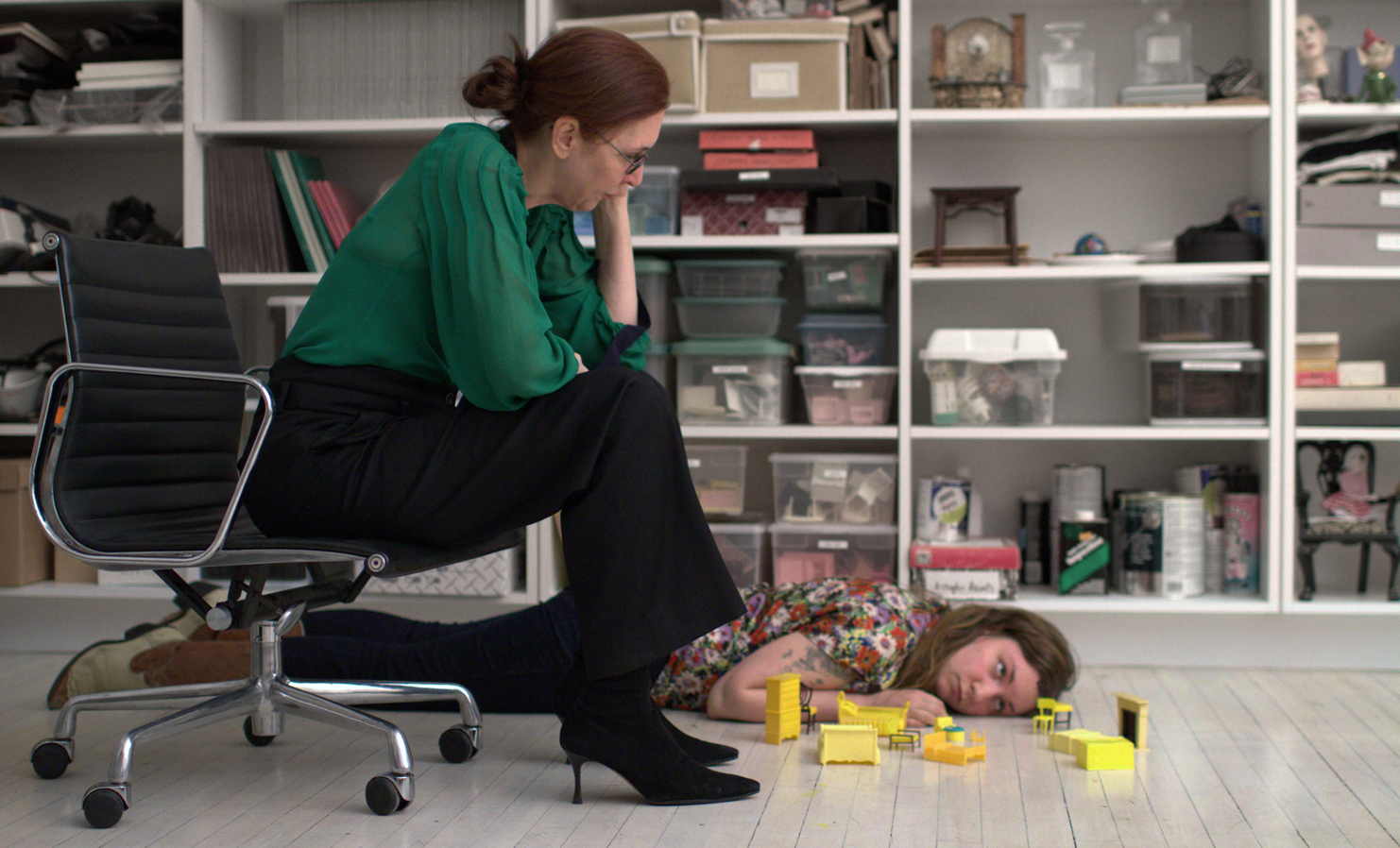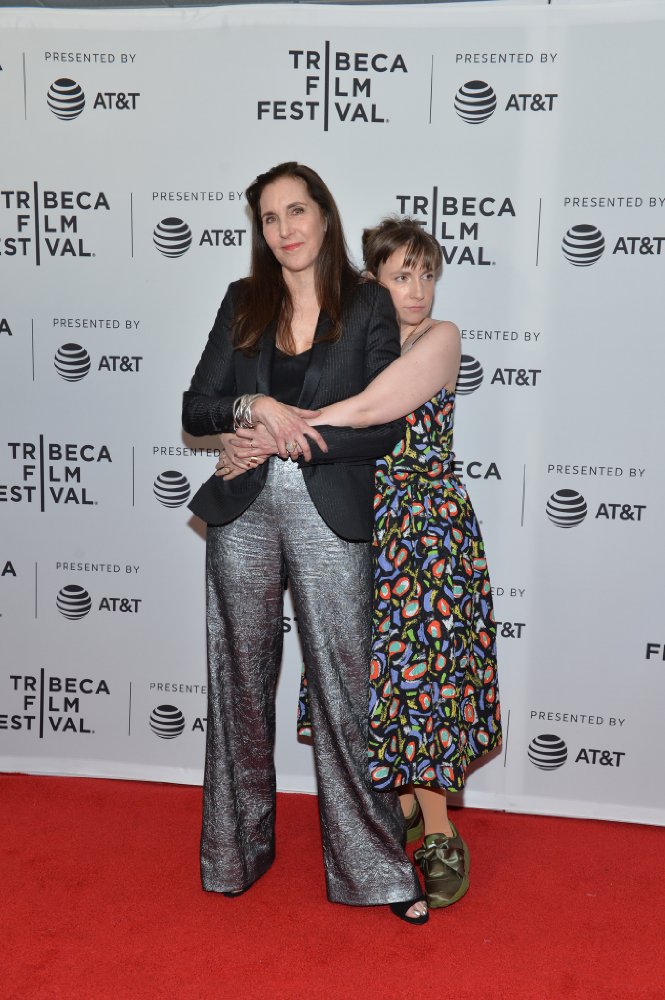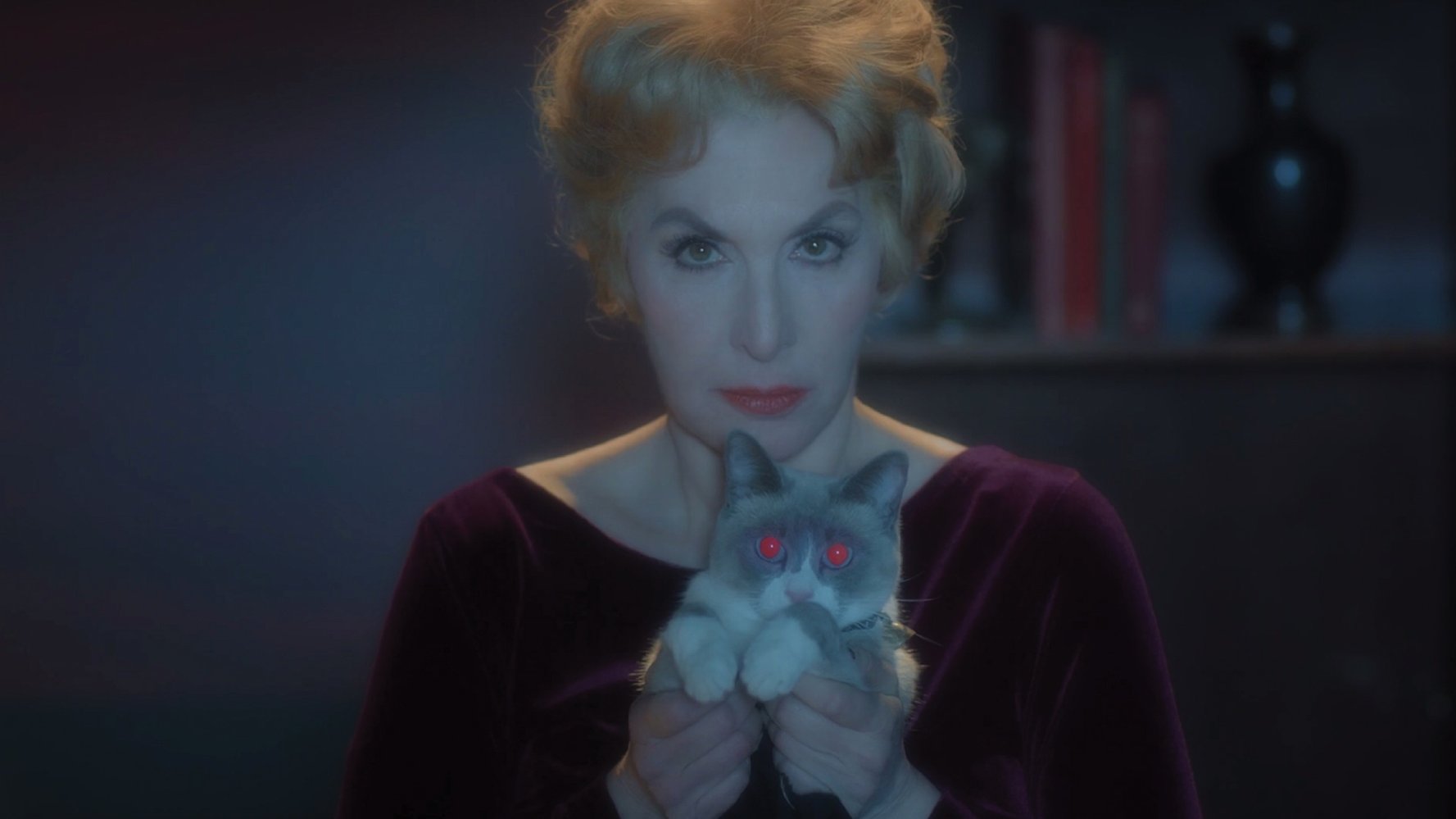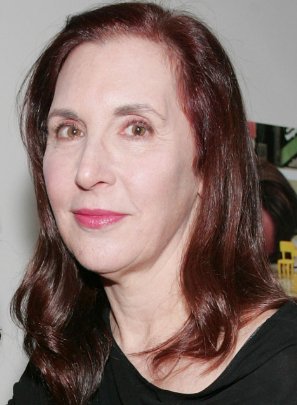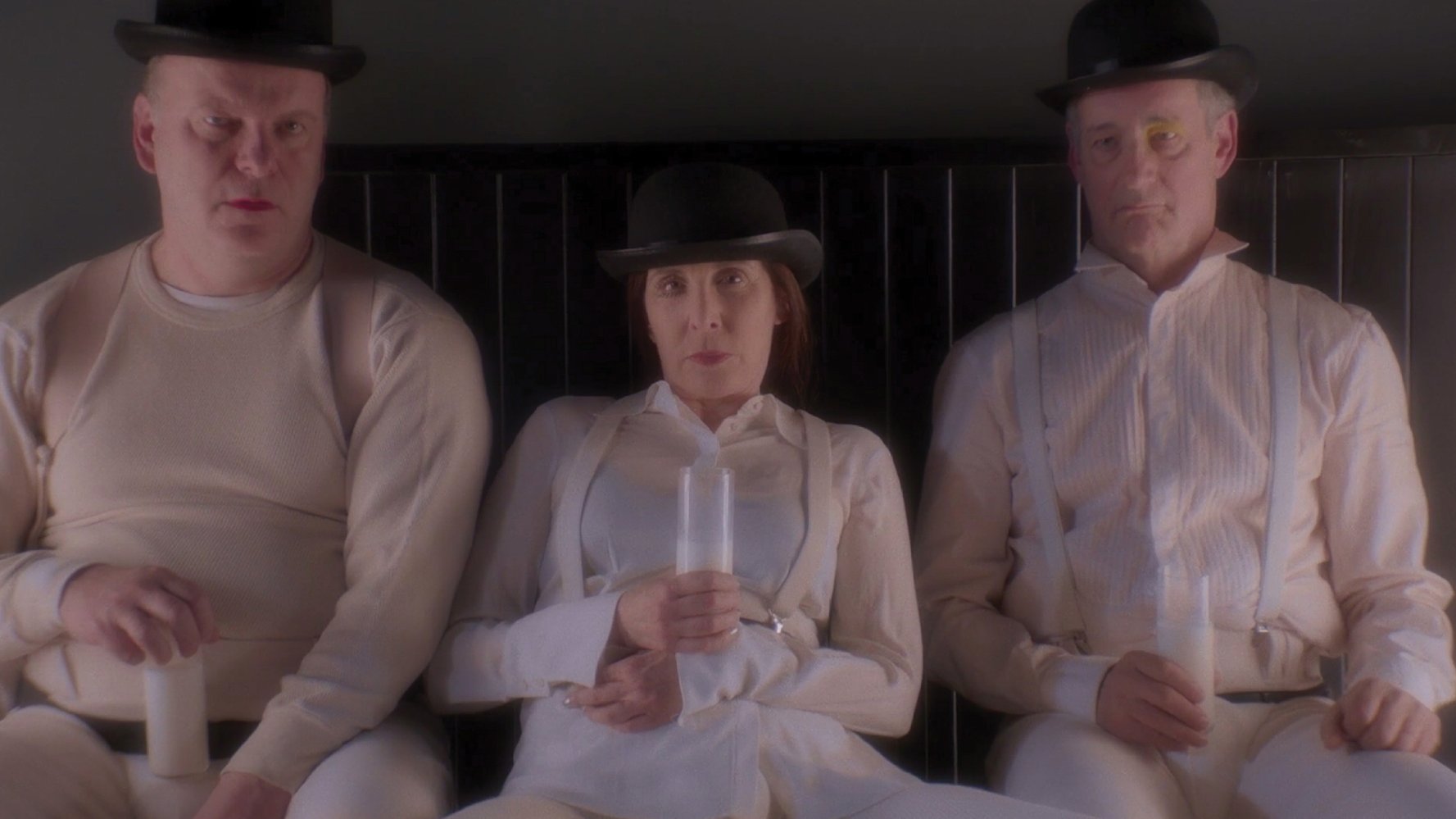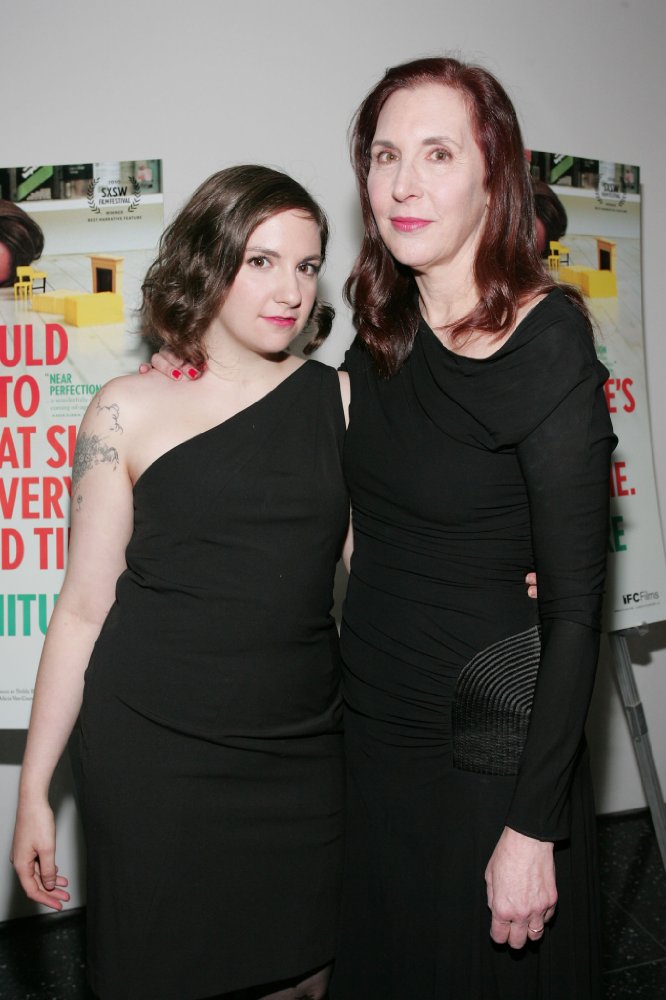Laurie Simmons was born in Long Island, New York. She received a B.F.A. from the Tyler School of Art at Temple University in Philadelphia in 1971 and later moved to New York where she lives.Since the mid 1970s, Simmons has staged scenes for her camera with dolls, ventriloquist dummies, objects on legs and occasionally people, to create "images with intensely psychological subtexts".Simmons' first mature works, shot in 1976, were black and white images taken in a doll house, un-peopled variations on each room in the house, particularly the bathroom, using sunlight and different angles to create a "dazzling, dreamlike stage set". She then added a housewife doll into a kitchen set, and "...photographed the figure over and over in various positions--standing and sitting at the table, at the counter, in a corner, standing on her head with the kitchen in disarray. The mood is dramatically different than in the bathroom views".In 1978, Simmons began shooting the figures in the doll house in color, to create the "Early Color Interiors" series. At that time, color photography was "...more commonly associated with the artifice of commercial photography while black-and-white was perceived to be more truthful. By using the techniques and processes identified with advertising, fashion, and film, Simmons linked her work to a realm of suspended belief--the realm of fantasy and fiction that sustained many of her memories and longings".Simmons had her first solo show at Artists Space, a non-profit gallery in New York, in 1979, showing the "Early Color Interiors". A few months after this, she exhibited work at P.S.1 Contemporary Art Center. In 1980, Simmons began showing at the gallery Metro Pictures in New York.In the early 1980s, she created the series "Color-Coordinated Interiors", which used Japanese dolls called Teenettes, monochrome toys of women who Simmons photographed in front of rear projection images of interior decorated rooms. The dolls matched the color theme of the rooms, Simmons stated about the series, The series that followed was "Tourism", in 1984, which also used the "Teenette" dolls, but showed them in groups visiting famous places around the world, including the Eiffel Tower, the Pyramids, the Parthenon, and the Taj Mahal. This series investigated the mediation of these places through photography and media, instead of real experience. "She used the same strategy to shoot the "Tourism" series as she used for the "Color-Coordinated Interiors", populating unrealistically pristine postcard views with her dolls, via rear projection. The figures are color-cued to the background scene, which was often unintentionally monochromatic, due owing to the poor quality of the slide". The slides were collected by Simmons from tourist shops and museum collections. In 1987, Simmons visited the Vent Haven Museum in Kentucky and, over a period of a few years, photographed various dummies and props there, resulting in the "Talking Objects" series.Simmons had a mid-career retrospective at the Baltimore Museum of Art in 1997.In 2001, Simmons designed, with architect Peter Wheelwright, an interactive modernist doll house called the "Kaleidoscope House". The house was decorated with miniature artwork and furniture by contemporary artists and designers. Also in 2001, Simmons began her "Instant Decorator" series, which was based on a 1976 interior decorating book of the same name, that provided templates of household rooms for the client to fill with swatches of fabric and paint samples. The series features works that are collage-like and opulently filled with accessories and characters in dramatic mises en scène.In 2008, Simmons collaborated with designer 'Thakoon Panichgul' to create fabrics for his Spring 2009 line. The pattern featured a variation on Simmons' series, "Walking & Lying Objects", from the late eighties, which involved various objects that are animated with legs in different positions. The fabric for Thakoon's line was based on legs paired with a rose.Simmons also used objects on legs in her series, "Walking & Lying Objects", from the late 1980s. The first work in this series is a work from 1987 titled "Walking Camera I (Jimmy the Camera)", of Simmons' friend and former roommate, the late artist Jimmy De Sana, wearing an old-fashioned box camera costume. The later photographs that follow use miniatures and small doll legs. "As she animates the objects, Simmons plays out various roles. Her transformed women parade across a simulated stage as if in a fashion show or a musical, wearing the accoutrements with which they are identified".Simmons starred in a feature-length film by her daughter, Lena Dunham, called Tiny Furniture (2010), which was filmed in 2009 and was featured at the South by Southwest film festival in 2010. The film won the Jury Prize for Best Narrative Feature.
Show less «

